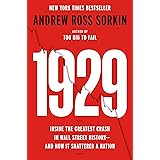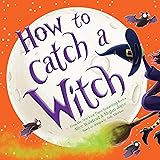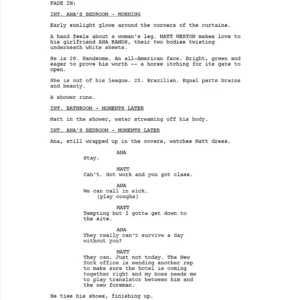Unlock the Secret Patterns Behind Irregular Verbs in Past Tenses You Never Noticed!

WRITING WELL
Including when to use “sprang” versus “sprung”
In earlier posts More Tips Related to Commonly Confused Words (New Jersey Edition) and When to Use ‘Shined’ vs. ‘Shone’ in Your Writing, I explored words that are often mixed up when it comes to their past and perfect past (aka pluperfect) tense forms. In both those posts, I stated that “shrank” and “shrunk” are the correct past and perfect past-tense versions, respectively, of “shrink,” just as “drank” and “drunk” are for “drink.” These are easy to remember because they follow the same “i to a to u” pattern.
Luckily other irregular verbs (i.e., verbs that change internally when conjugated rather than through the addition of a suffix such as “ed”) also follow this pattern:
- begin, began, begun
- ring, rang, rung
- sing, sang, sung
- sink, sank, sunk
- spring, sprang, sprung
- stink, stank, stunk
- swim, swam, swum
The following two examples show when to use “sprang” versus “sprung” when some sort of past “springing” is described:
“Fall finally sprang to life along the lake in late October this year.”
“Fall had sprung to life along the lake by early October last year.”
As you can see, “sprung” in the second sentence, which uses the perfect past tense, is preceded by the helper verb “had.” In the first sentence, though, which uses the simple past tense, no helper verb is needed.
As with many aspects of the English language, of course, acceptable alternatives exist. Among American English speakers especially, few are likely to blink an eye if you were to say or write something like “It stunk” instead of “It stank.”
If you want to make sure you’re using the traditional correct versions of such verbs, however, it helps to simply memorize that “begin,” “drink,” “ring, “shrink,” “sing,” “sink,” “spring,” “stink,” and “swim” all follow the “i to a to u” pattern. Plus, there’s another easy way to remember when to use “sprang” versus “sprung,”…



















Post Comment